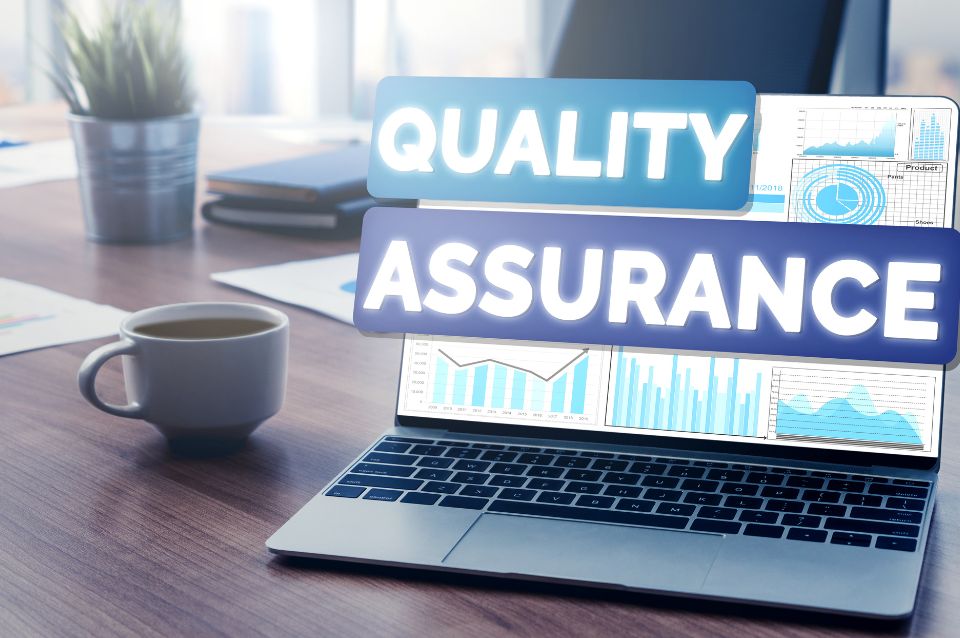Introduction to Enterprise Resource Planning (ERP)
Companies use software called enterprise resource planning (ERP) to integrate and manage the key components of their operations. Planning, buying inventory, sales, marketing, finance, human resources, and other functions can all be integrated with an ERP software system. ERP systems simplify information and procedures for the whole company by offering a centralized platform, which improves productivity and decision-making.
Key Components of ERP Systems
Financial Management
All accounting and financial transactions are managed by the ERP systems’ financial management component. This covers financial reporting, budgeting, general ledger, and accounts payable and receivable. Organizations can guarantee timely financial information, accuracy, and compliance by automating these procedures.
Human Resources Management
The component of human resources management (HRM) aids in the administration of payroll, hiring, training, and performance reviews in addition to employee data. This module makes sure that HR procedures are accurate, timely, and compliant with the overarching business plan.
Supply Chain Management
Supply chain management, or SCM, deals with the movement of products and services from manufacturer to end user. It covers order processing, procurement, logistics, and inventory management. Order fulfillment timeliness, inventory optimization, and the availability of materials for production are all guaranteed by efficient supply chain management.
Additional Components of ERP Systems
Manufacturing and Production Management
The component responsible for manufacturing and production management oversees the organizing, arranging, and carrying out of production processes. It has modules for scheduling production, quality assurance, and product lifecycle management. This part makes sure that production procedures are productive and economical and result in high-quality goods.
Customer Relationship Management
Interactions with both present and potential customers are managed with the aid of the customer relationship management (CRM) component. It has tools for customer analytics, marketing automation, sales management, and customer service. CRM tactics that work improve client happiness, loyalty, and company expansion.
Project Management
The component of project management helps with project planning, execution, and oversight. It offers resources for task management, project tracking, resource allocation, and planning. By doing this, projects are guaranteed to be finished on schedule, within budget, and to the appropriate level of quality.
Benefits of ERP Systems
Organizations can reap many benefits from the implementation of an ERP system. ERP increases productivity, facilitates better decision-making, lowers operating costs, and provides real-time data and insights by combining all business processes into a single system. It also guarantees that every department is in sync and striving for the same objectives, which enhances performance as a whole.
Conclusion
ERP systems are crucial for contemporary companies trying to increase productivity and simplify operations. Organizations can select the appropriate modules to meet their unique requirements and fully benefit from integrated enterprise resource planning by knowing the essential elements of ERP.



